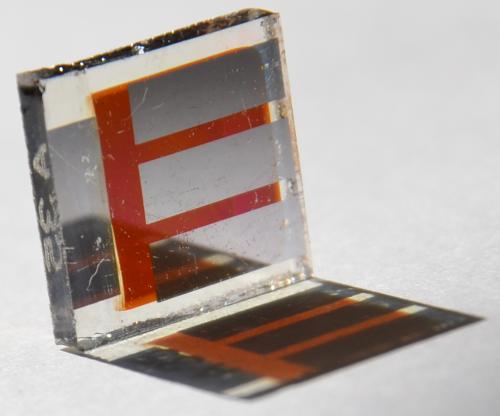
Solar energy is a highly desirable form of energy because unlike fossil fuel technology, it doesn’t create harmful emissions during operation. Up until now, the major problem with solar power was its cost, as it was never cheap enough to compete with fossil fuel.
All that may change now that researchers have discovered new solar-absorbing materials that will be cheaper and more efficient than the materials currently being used.
The new material, discovered by researchers at the University of Toronto, is called perovskite – which has tremendous potential to provide solar energy because it absorbs visible light. When light is absorbed by a sheet of perovskite, electrons travel easily through the material to electrical contacts on the other side, forming an electric current.
This important discovery will be especially valuable in India and Africa because the material will be able to shade windows and produce electricity at the same time. It is estimated that solar panels make of perovskite will be 40% cheaper and 50% more efficient than those being currently produced.
Another advantage is that perovskite absorbs most of the solar spectrum and will work in different atmospheric conditions, not just direct sunlight.
The new material has already been tested in parts of Asia, Europe, the Americas and the Middle East. Perovskite panels are so thin that they are measured in billionths of a meter. The production process itself is reportedly fairly straightforward.
Perovskite will still require further testing under different conditions in order to better understand its properties before it can be produced on a mass scale.
The International Energy Agency has stated that solar energy could be the world’s biggest source of electricity by 2050. With the control of CO2 emissions being a priority with governments the world over, the discovery of perovskite couldn’t have come at a better time.

































